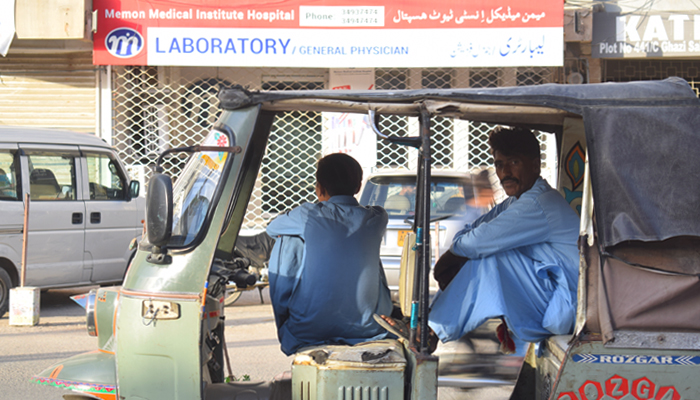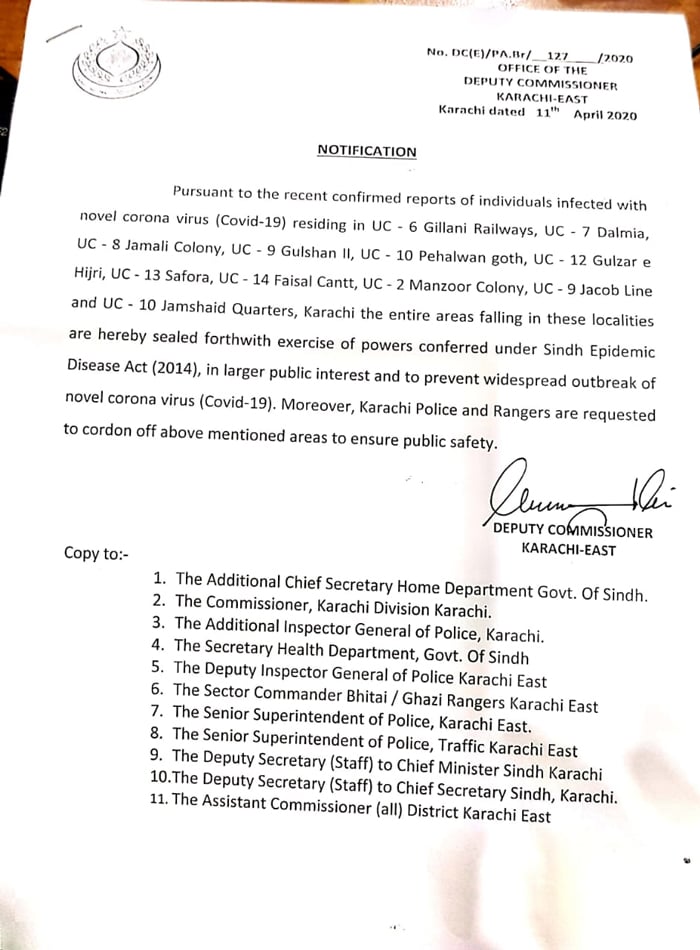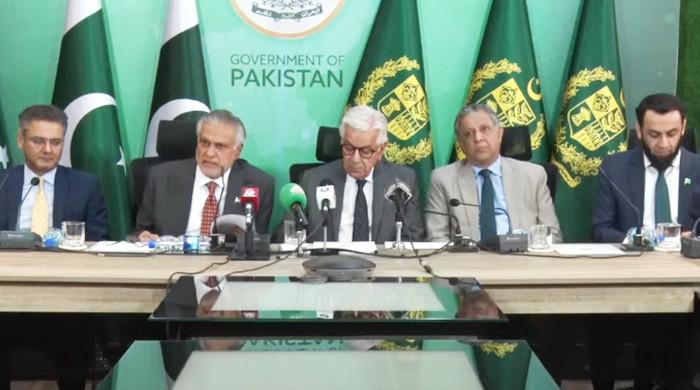Sindh govt backs down from decision to close off several Karachi neighbourhoods amid coronavirus
"Only those specific areas where cases have been reported will be sealed," says information minister Nasir Shah
April 11, 2020

KARACHI: The Sindh government has backed down from its decision to cordon off several neighbourhoods in Karachi's East Zone, less than six hours after ordering them sealed.
According to the earlier decision, 11 neighbourhoods of Karachi were ordered by the deputy commissioner to be sealed, with police and Rangers told to ensure people stay within the marked off areas.
In a late night development, Information Minister Sindh Nasir Hussain Shah said that the government will not seal entire union councils, rather "only those specific areas where cases have been reported will be sealed".
"It will cause great inconvenience to the people if such large areas are completely closed off," he said.
According to the earlier notification, the step was being taken under Sindh Epidemic Disease Act (2014) and "in larger public interest to prevent widespread outbreak of novel coronavirus".
Read more: Latest updates on coronavirus
"To curb this pandemic we have to take some big steps," the government official said, adding that measures will be taken to continue the supply line in the areas.

The notification had a serious mix-up where nine neighbourhoods were numbered wrong.
Gilani Railway is a part of UC-22 not UC-6, Dalmia is UC-23 not UC-7, Jamali Colony is UC-24 not UC-8, Gulshan Town is UC 27 not 10, Gulzar-e-Hijri is UC-29 not UC-13, Safoora is UC-30 not UC-13, Jacob Lines is UC-10 not UC-9, and Jamshed Quarters is UC-13 not UC-10.
Chairperson District East Moeed Anwar had said that the step spread panic among the citizens who are inquiring how long the closure will last. "The citizens had not been informed properly in this regard."
"The authorities should have informed the people sometime earlier so they could have prepared for this," he said.
He said that over "700,000 people reside within these sealed off areas".











